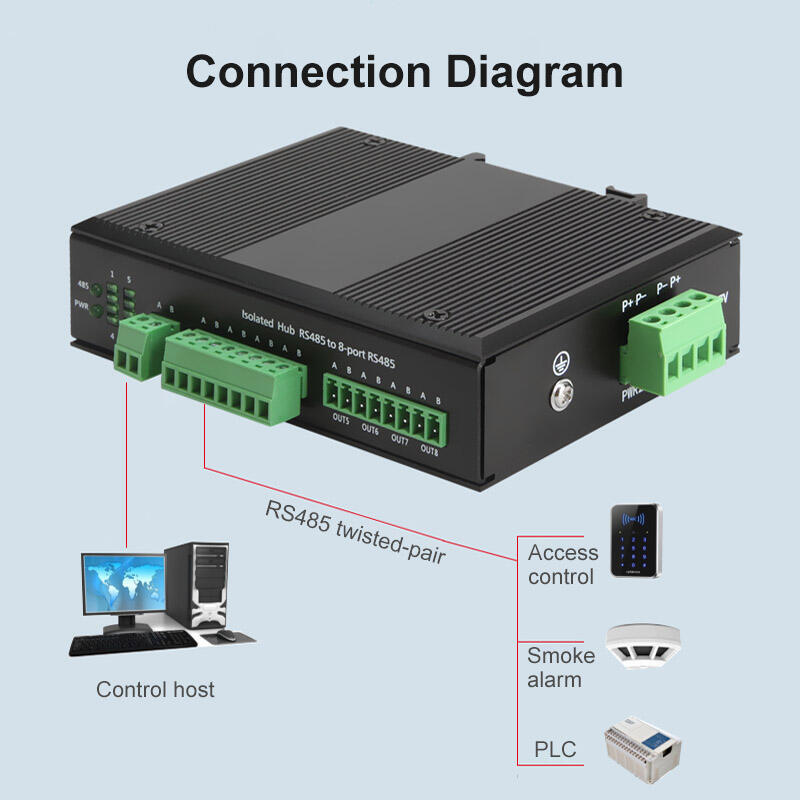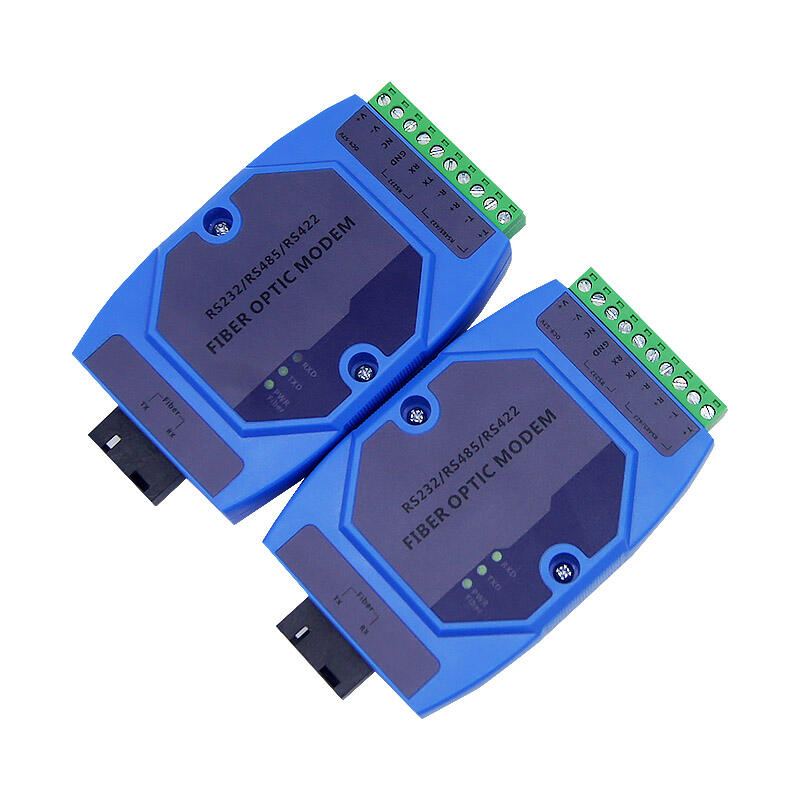
RS422 is a differential signaling serial communication standard that supports full-duplex communication over longer distances compared to RS232, making it ideal for applications requiring high-speed data transmission between two devices, such as in industrial automation, robotics, and telecommunications. Unlike RS485, which supports multi-drop networks, RS422 is typically used for point-to-point or multi-point to one communication, offering higher data rates and better noise immunity. Shenzhen Dasheng Digital Co., Ltd., with extensive experience in industrial-grade communication equipment, provides a range of RS422 solutions, including converters, transceivers, and interfaces that optimize RS422 communication. Their RS422 products are engineered to maintain signal integrity over extended cable lengths, ensuring reliable performance in harsh industrial environments. Built with selected parts and adhering to strict quality standards, these RS422 devices undergo rigorous testing to meet the demands of critical applications in national defense communications, smart security, and data centers. The company's expertise in RS422 technology, combined with their ability to customize solutions, makes them a go-to provider for seamless integration of RS422 into complex communication systems, enhancing efficiency and reliability in diverse industrial settings.
